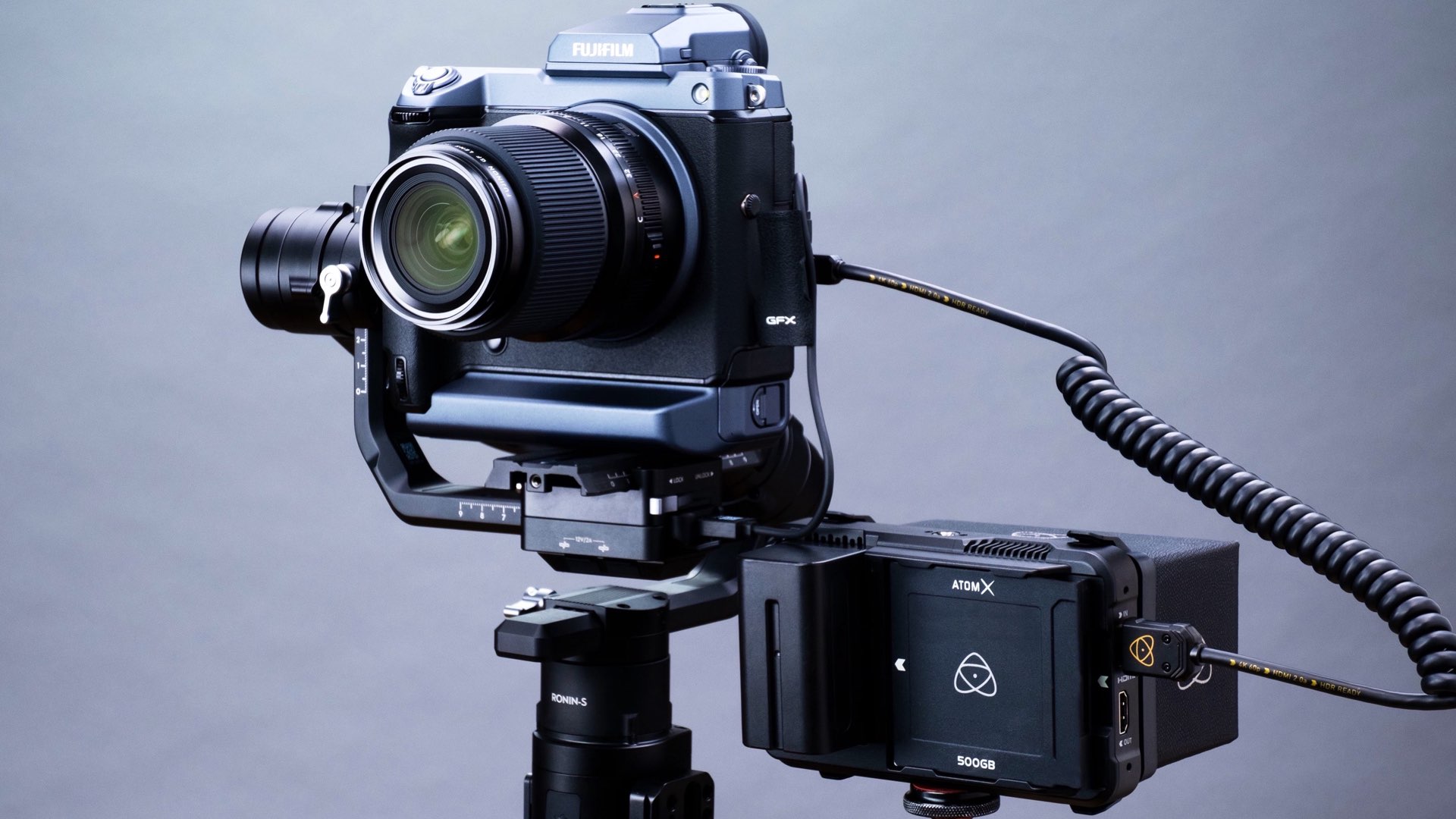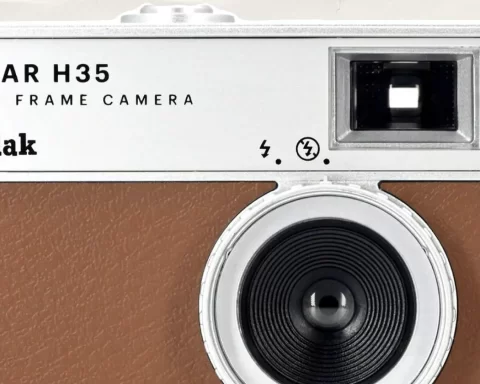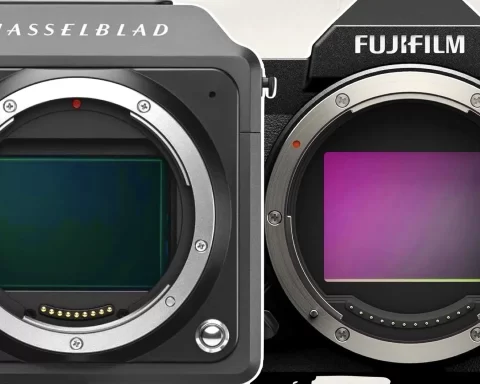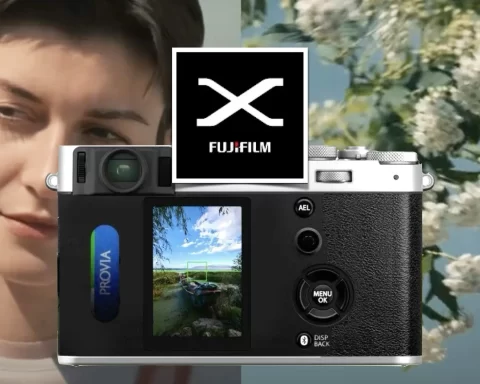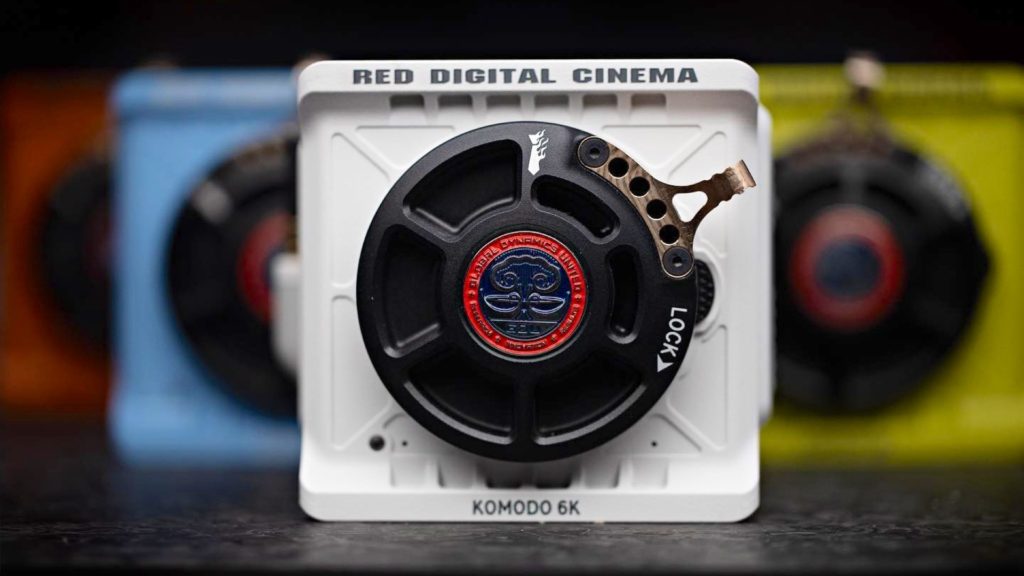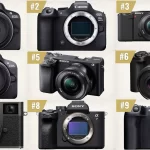Thanks to Atomos, Fujifilm becomes the fifth major company to announce support for RAW over HDMI. On top of that, the GFX100 is now the first medium format camera that shoots RAW. Read more about this major announcement for filmmakers.
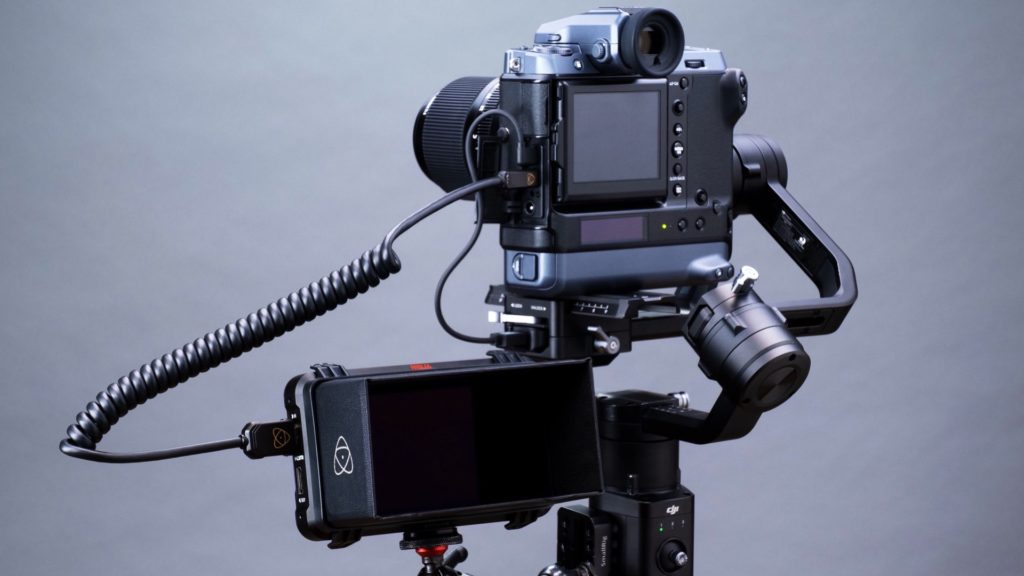
Fujifilm GFX100: A medium format beast
Till now, the GFX100 offered solid specs for filmmakers, including 4K un-cropped video mode which utilizes entirely its huge sensor. That mode allows the privilege of internal UHD and DCI 4K30p video recording at up 4:2:0 10-bit, as well as 4K30p 4:2:2 10-bit via HDMI output, both at up to 400 Mb/s-and simultaneous external and internal recording is possible. However, firmware updates from both Atomos and Fujifilm will allow recording RAW straight from the 43.8 × 32.9 sensors via Atomos Ninja V recorder.
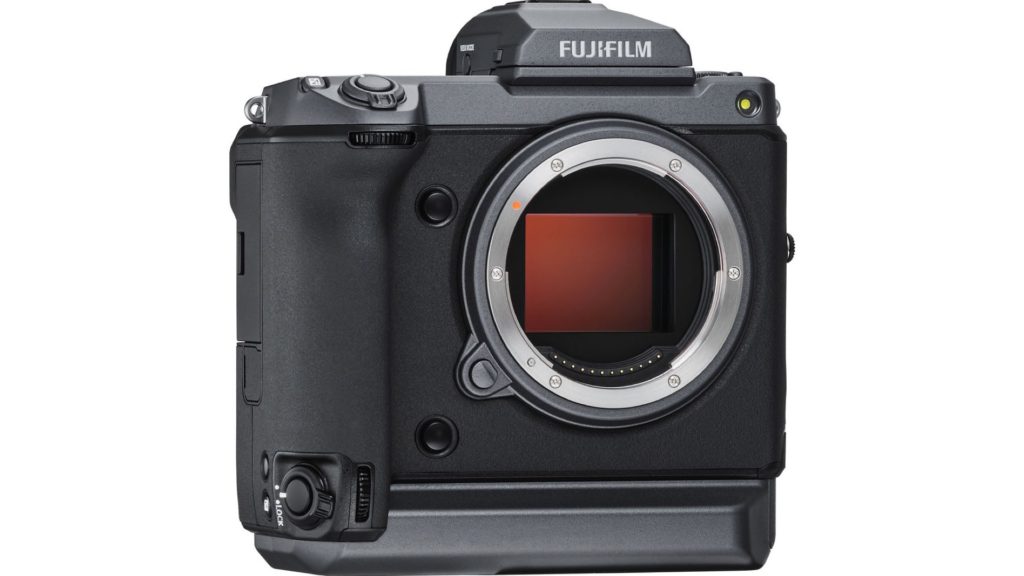
12-bit 4K ProRes RAW
Today, Atomos and Fujifilm announce RAW over HDMI recording with the Fujifilm GFX100 and Ninja V 5” HDR monitor-recorder. The Ninja V will record up to 4Kp30 12-bit Apple ProRes RAW video from the GFX100’s medium format CMOS sensor. This makes it the world’s first commercially available medium format RAW video shooting system available to buy.
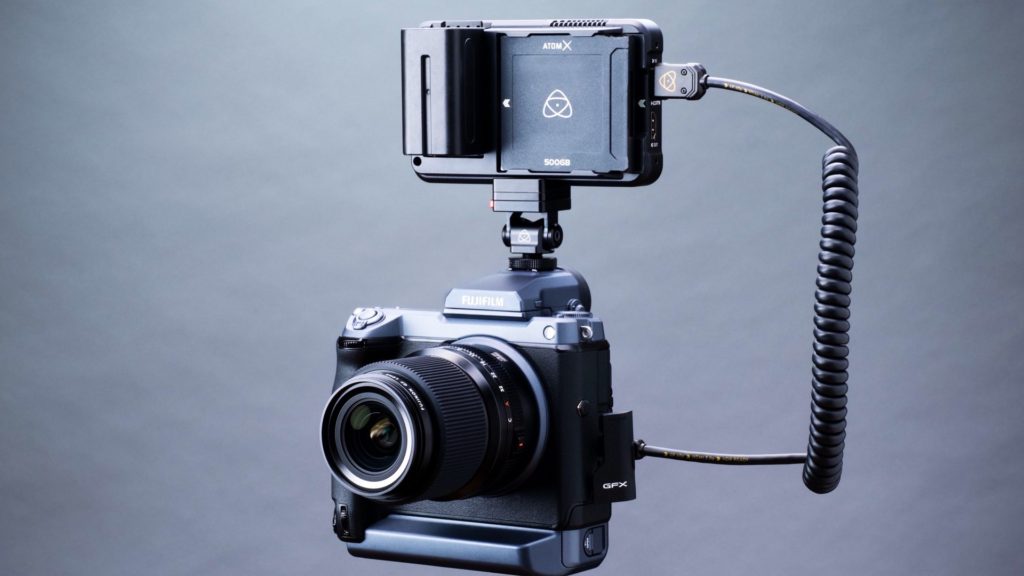
102MP 43.8 x 32.9mm BSI CMOS Sensor
The Fujifilm GFX100 is armed with a 102MP 43.8 x 32.9mm BSI CMOS sensor which is identical to the Hasselblad X1D II 50C regarding the sensor size. However, contrary to the X1D II 50C, the GFX10 utilizes the full sensor in the video mode, which makes it even more powerful. Moreover, thanks to Atomos this sensor can now record ProRes RAW. That can be defined as a decent technological achievement. To understand this milestone just think about getting RAW footage from medium format sensors without breaking the bank. As stated by Atomos CEO Jeromy Young: “I’m delighted that the Fujifilm GFX100 with our Ninja V delivers extraordinary large sensor RAW footage that was previously unattainable at this size and cost. It continues our mission to democratize filmmaking, giving cinematographers the option to own a RAW shooting large sensor video camera that’s in a class of its own”.
Explore the chart below which shows a high-level comparison of the large sensor sizes:
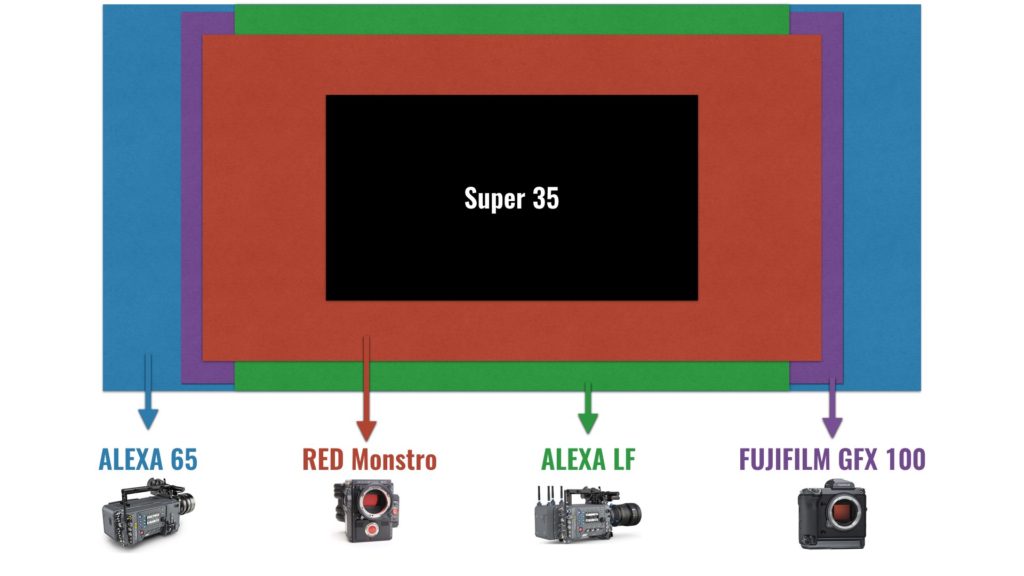
On the chart:
- ALEXA 65 sensor size: 54.12 × 25.59 mm
- ALEXA LF sensor size: 36.70 x 25.54 mm
- RED Monstro sensor size: 40.96 x 21.60 mm
- Super 35 sensor size: 24.6 x 13.8 mm
- Fujifilm GFX100: 43.8 x 32.9 mm
It continues our mission to democratize filmmaking, giving cinematographers the option to own a RAW shooting large sensor video camera that’s in a class of its own.
Atomos CEO Jeromy Young
Ninja V on the Fujifilm GFX100
The 5” 1000nit HDR high brightness display of the Ninja V allows users to view the GFX100 RAW signal in HDR in a choice of HLG and PQ (HDR10) formats, or utilize Fujifilm’s F-Log profile to draw on Fujifilm’s vast color science expertise. The monitor offers touchscreen access to tools like waveforms, magnify, or engage peaking check focus for each angle and make any adjustments to get the perfect HDR or SDR shot. As an alternative to RAW, the Ninja V can also record 10-bit 422 ProRes and DNx video up to 4kp60 from the HDMI output of the GFX100. For reliability and affordability, ProRes RAW or standard video files are recorded to AtomX SSD mini SATA drives in the Ninja V.
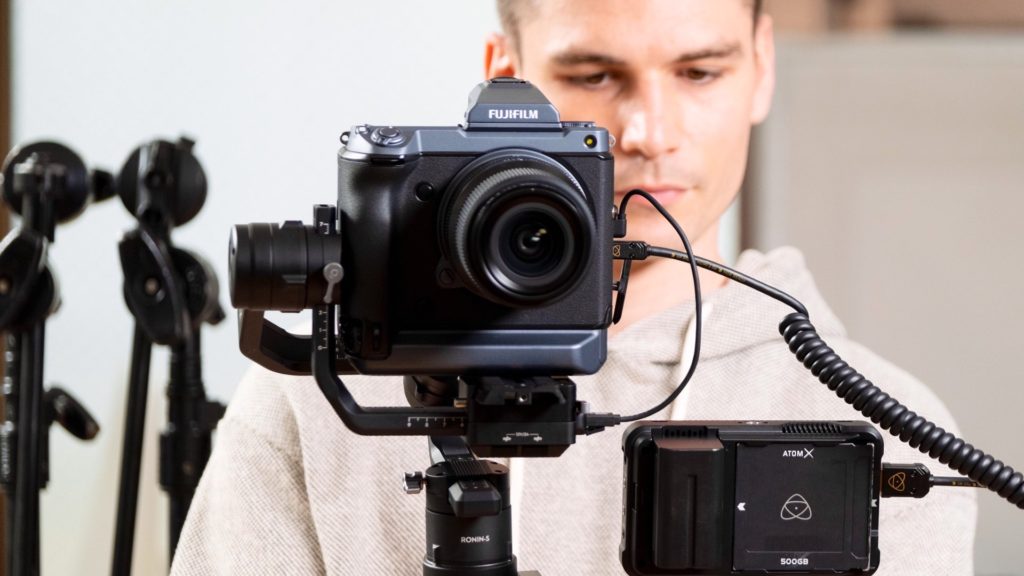
Test footage
To get some impressions of the new capabilities of the Fujifilm GFX100, check out the video below that demonstrates RAW test images by cinematographer Jake Polonsky BSC. Unfortunately, personally I didn’t like it because I truly think that this video is not a good example of what this camera is capable of, especially after unleashing the RAW option. But feel free to check it out:
Cost and availability
The Fujifilm GFX100 itself costs $10,000 which is not cheap. But again, the new firmware leverages a lot more potential out of it. The Atomos Ninja V 5″ 4K HDMI costs $500. The feature requires firmware update 2.00 from Fujifilm and a free AtomOS update from Atomos in July 2020.


Final thoughts
As explained, outputting ProRes RAW out of a medium format sensor is another step on making the large format cinematography much more affordable to filmmakers that are eager to shoot large format. By the way, Atomos should do some due diligence regarding Hasselblad cameras (read: Hasselblad Unleashes Medium-Format Video Capabilities for the X1D II 50C). Personally I believe that this is a smart business pathway for Atomos, trying to utilize large sensors as much as technology enables.

